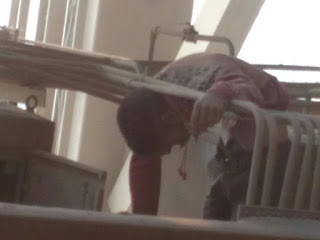Happy weekend, merry Christmas, and safe & prosperous new year ahead.
@safetitude: A couple of days after we all would add one more year to our age and experiences. Someone will remember 2017 as a year of joy, someone as sorrow and many will not be there to say anything. Gone are past, left only memory with everyone of us. What coming ahead only is worth capture and something worth for. Let us welcome 2018 with renewed resolve to make globe a better place worth living on. Each one of us irrespective of our position and status can do something for better tomorrow. You alone can not change world but certainly yourself for better cause for the society we are a part of. Happy weekend, merry Christmas, and safe & prosperous new year ahead.




